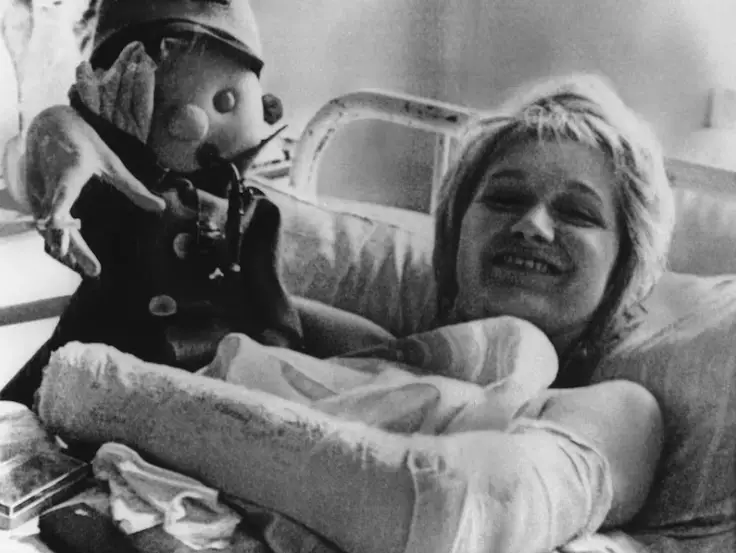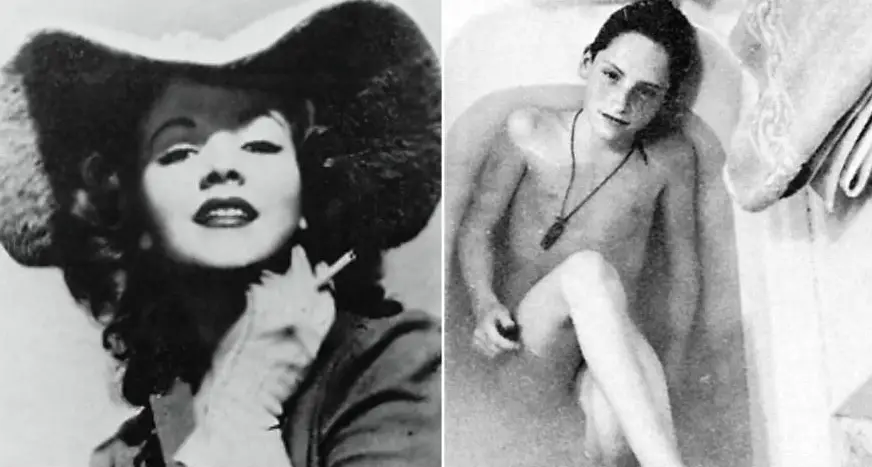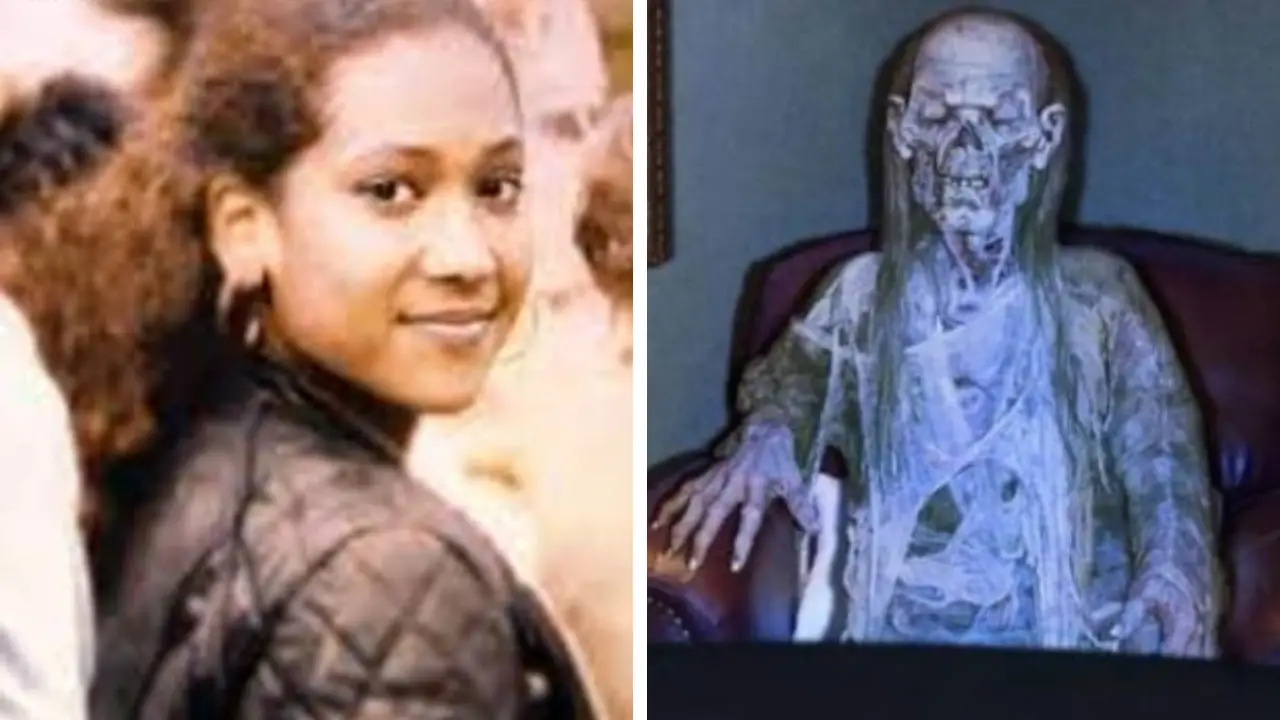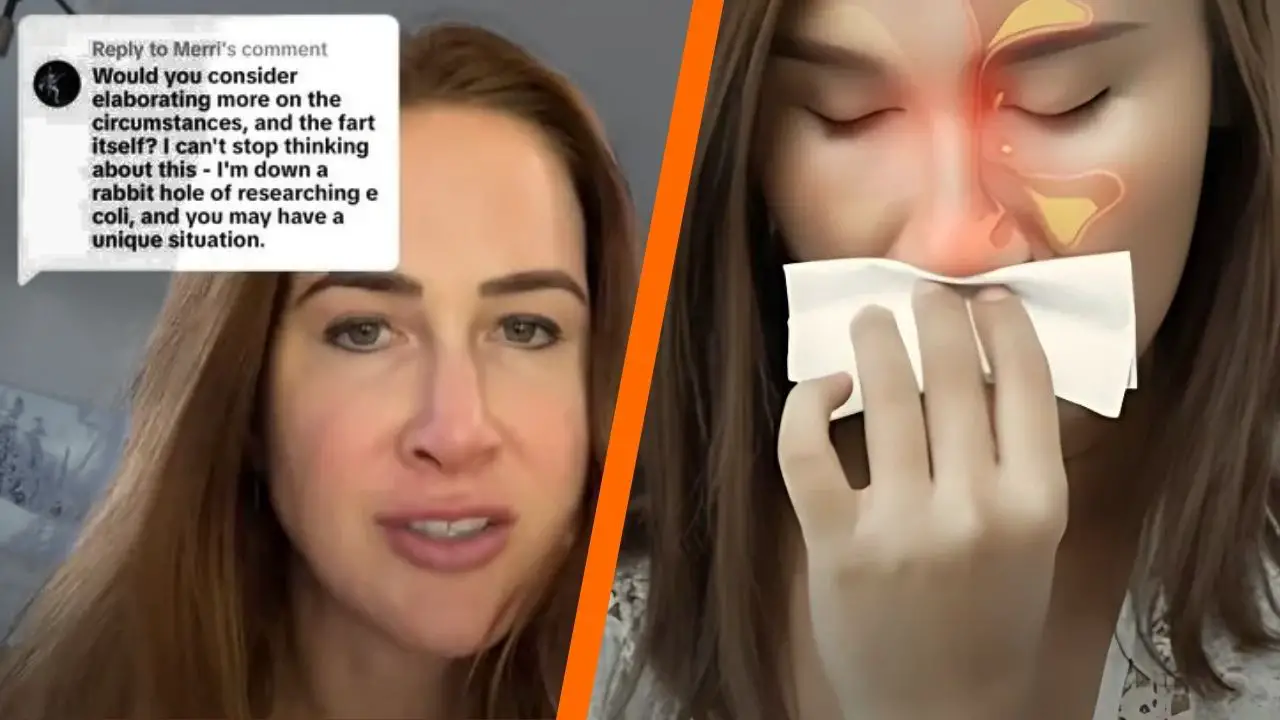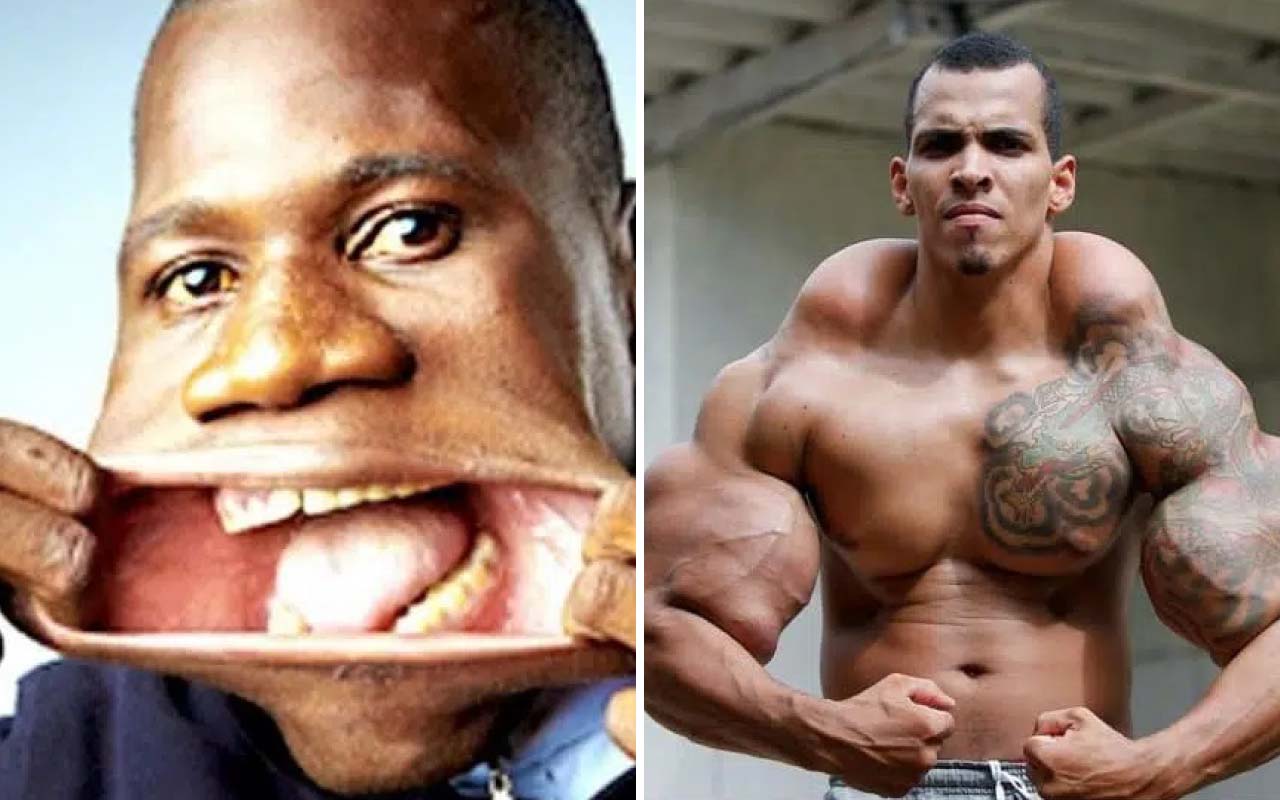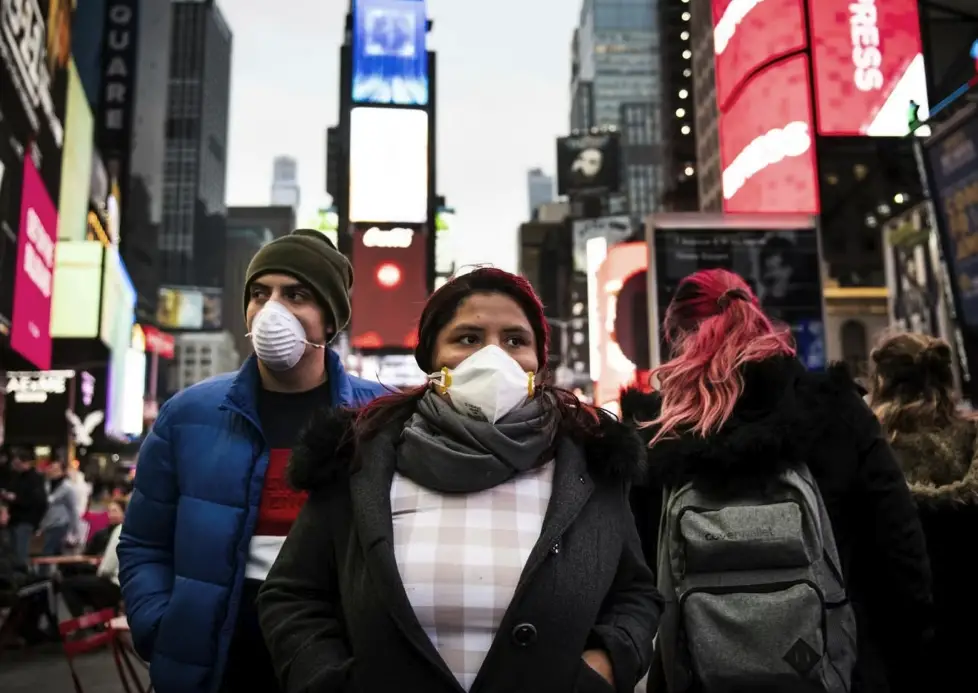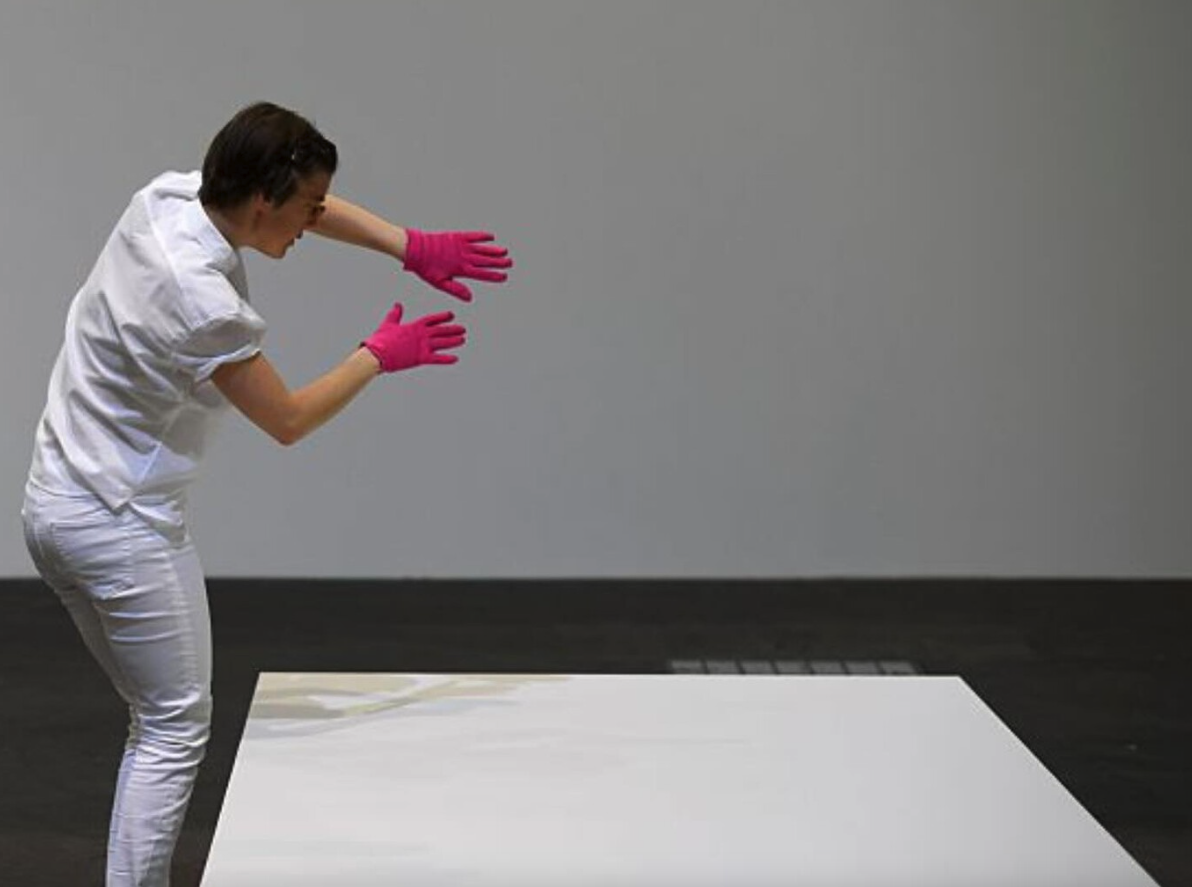Rosette Nebula Skull – A Human Skull-shaped Nebula with a Radius of 65 light-years
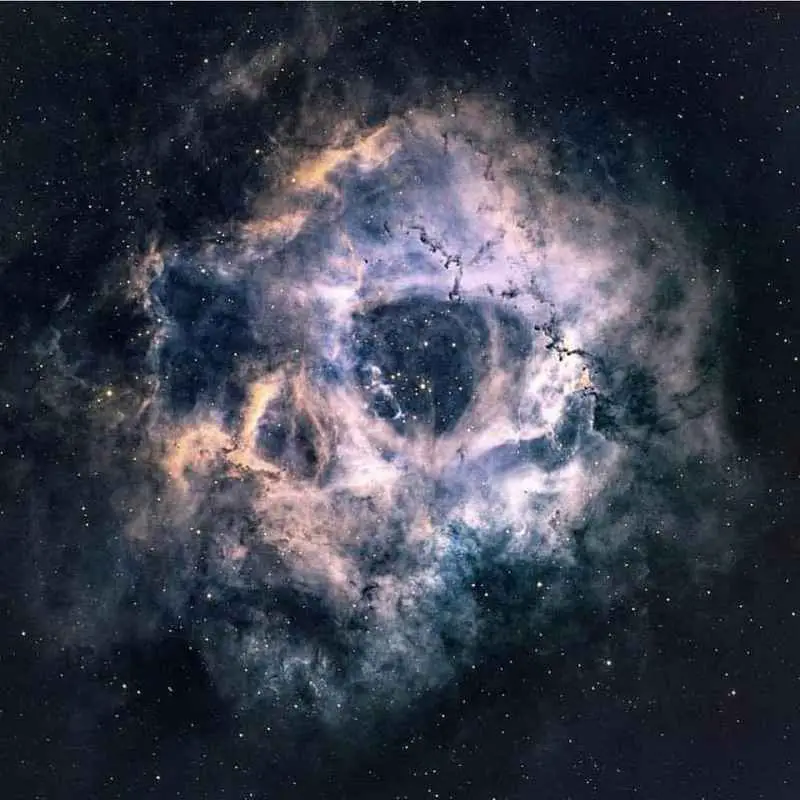
In the vast expanse of our cosmic neighborhood, where stars are born, and galaxies twirl in their eternal dance, there exists a celestial wonder that has captivated astronomers and stargazers alike.
Behold the enigmatic Rosette Nebula Skull – a breathtakingly eerie formation in the depths of space, boasting the shape of a human skull with a radius spanning an astonishing 65 light-years.
The Birth of the Rosette Nebula Skull
Among the billions of stars in the Milky Way, there lies a region known as the Rosette Molecular Cloud.
This cloud, nestled approximately 5,000 light-years away in the Monoceros constellation, serves as the cosmic cradle for the Rosette Nebula Skull.
Within this turbulent region of space, massive stars are born, and their brilliant radiance illuminates the surrounding gas and dust, creating what we know as a nebula.
A Cosmic Nursery
The Rosette Nebula, not to be confused with its skull-shaped counterpart, is a vast cloud of hydrogen gas and dust.
Within its heart, young and massive stars form, their fierce energy carving out a cavity in the surrounding material.
As these stars continue to evolve, they unleash powerful stellar winds and intense ultraviolet radiation, sculpting the nebula’s distinctive features.
A Spooky Resemblance
As the Rosette Nebula evolved, something remarkable happened.
The forces of nature conspired to create a configuration that would one day resemble a human skull, albeit on an astronomical scale.
The intricate interplay of starlight, dust, and cosmic forces gave rise to this eerie celestial specter.
It’s almost as if the universe itself decided to carve out its own Halloween decoration!
Key Facts about the Rosette Nebula Skull
| Fact | Value/Description |
|---|---|
| Distance from Earth | Approximately 5,000 light-years |
| Radius | 65 light-years |
| Shape | Resembles a human skull |
| Location | Monoceros constellation |
| Eye Sockets | Filled with young stars |
| Nasal Passage | Dust-filled cavity |
| Grinning Jaws | Glowing gas and dust |
| Primary Colors | Pink and red from ionized hydrogen |
| Dark Features | Dust lanes creating shadows |
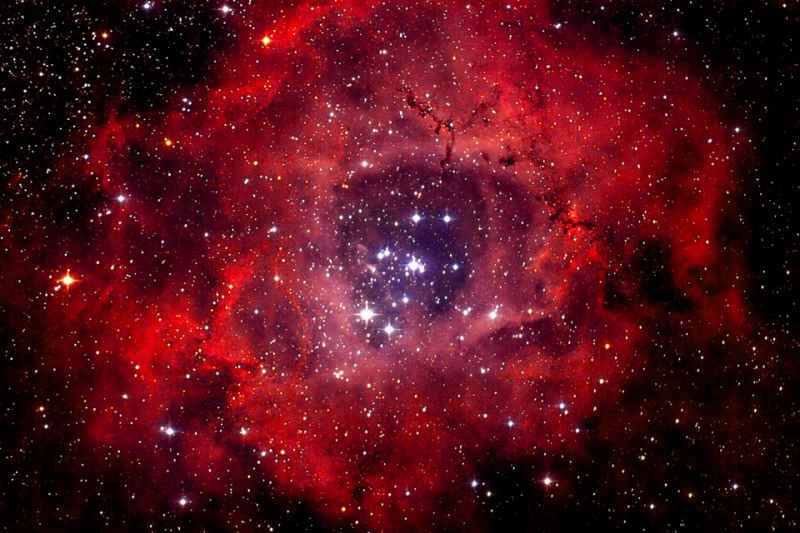
Unveiling the Skull
Now that we’ve set the stage, let’s delve deeper into the characteristics and significance of this peculiar cosmic formation.
Skull Anatomy
Eye Sockets of Starlight: At the heart of the Rosette Nebula Skull lies its eye sockets, which are not hollow but filled with brilliant, young stars. These stars are responsible for the eerie, piercing gaze that the skull seems to cast into the depths of space.
The Nasal Passage of Nebulae: Just below the eye sockets, a dark, dust-filled cavity forms the ‘nose’ of the skull. This region absorbs much of the surrounding light, creating a stark contrast with the brighter areas and enhancing the skull’s eerie appearance.
The Grinning Jaws of Gas: The ‘jaw’ of the Rosette Nebula Skull is formed by glowing gas and dust, sculpted by the intense radiation from the massive stars within. It appears as if the skull is forever frozen in a macabre grin, an eternal cosmic memento mori.
Cosmic Canvas
The Palette of Starbirth: The Rosette Nebula Skull is painted with the ethereal colors of starbirth. Bright regions of pink and red are the result of hydrogen gas being ionized and illuminated by the energetic radiation of young stars.
The Dark Brushstrokes of Dust: Dark, intricate tendrils of dust meander through the nebula, casting intriguing shadows and adding depth to the skull’s appearance. These dust lanes play a crucial role in shaping the skull’s eerie countenance.
A Cosmic Perspective
A Stellar Scale: The Rosette Nebula Skull’s massive size is best appreciated when we consider that it spans an astounding 65 light-years. To put that into perspective, it would take over 700 trillion Earths lined up side by side to match its length.
Time-Traveling Gaze: When we gaze upon the Rosette Nebula Skull from Earth, we are, in a way, looking back in time. The light that reaches us today started its journey thousands of years ago, serving as a haunting reminder of the ephemerality of existence.
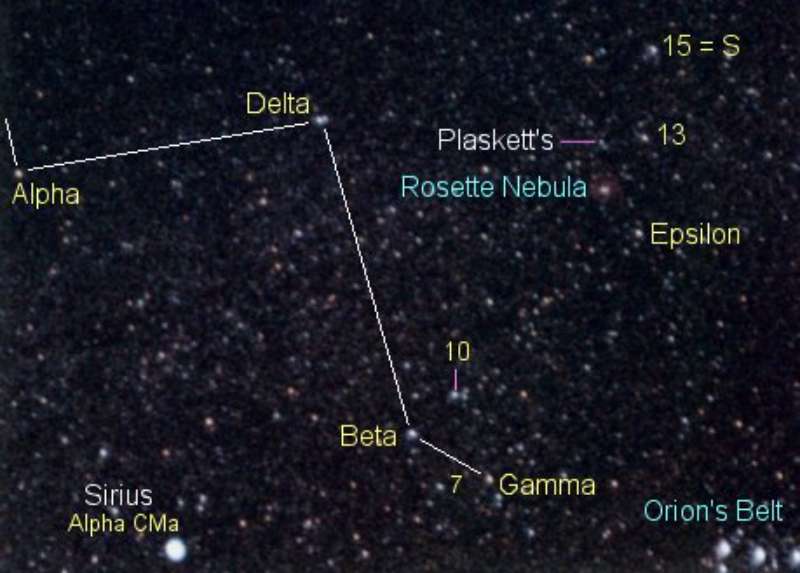
The National Aeronautics and Space Administration’s (NASA) Chandra X-ray Observatory has released a composite image of a part of the Rosette Nebula, called for its rose-shaped configuration.
Sharing the image on its Instagram page, the space agency stated that “A cluster of stars resembles a colorful human skull in space. Red X-ray observations reveal hundreds of young stars near the center of the image.”
“Large dense pockets of purple, orange, green, and blue gases interlaid with dust form the bone structure of this cosmic skull. Within the eye cavities of the skull bright blue stars stand out against the darkness of space.”
“The slurry of dust and gas creating the bone structure is visibly denser in the bottom right of the image, creating a thick shroud blocking the sight of newly forming stars in the region.”
“The uppermost corners of the image reveal a background of the blackness of space with sprinklings of stars throughout.”
The Astronomical Significance
As captivating as the Rosette Nebula Skull’s appearance is, it also serves as an invaluable tool for astronomers and astrophysicists to unlock the secrets of the cosmos.
Star Formation Laboratory
Within the nebula’s confines, the process of star formation is on full display.
The massive stars at the center of the Rosette Nebula have already undergone their birthing process, while the smaller, fainter stars in the outer regions are still in their infancy.
This makes the nebula a unique laboratory for studying the various stages of stellar evolution.
Understanding Cosmic Feedback
The powerful stellar winds and intense radiation emanating from the massive stars in the Rosette Nebula Skull have a profound impact on their surroundings.
These cosmic forces sculpt the nebula’s intricate features and even trigger the birth of new stars.
By studying this phenomenon, scientists gain valuable insights into how massive stars influence their cosmic neighborhood.
Probing the Depths of Space
The Rosette Nebula Skull is not only a fascinating subject for study but also a powerful tool for astronomers.
It serves as a reference point for understanding the vast distances in our universe.
Its size allows astronomers to calibrate their instruments and measure astronomical distances more accurately, making it an essential celestial landmark.
So, the next time you find yourself under a clear, starry night sky, take a moment to ponder the Rosette Nebula Skull, an otherworldly spectacle that reminds us of the boundless beauty and complexity of the universe we call home.


